
This documentary takes viewers to remote archaeological sites as scientists discover more about monumental rings of shell constructed during the late Archaic period by American Indians. Additional films within this series dive into the science of archaeology, and provide extended interviews with archaeologists.
This documentary takes viewers to remote archaeological sites as scientists discover more about monumental rings of shell constructed during the late Archaic period by American Indians.
Lesson Plans Under Development
Mike Russo, PhD, of the National Park Service Southeast Archeological Center, talks about the history of shell ring investigations. This film is part of the extended interview series from The Ring People, produced by Koelker & Associates.
Lesson Plans Under Development
Rebecca Saunders, PhD, of Louisiana State University's Department of Geography and Anthropology, explains the depositional differences between shell middens and shell rings. This film is part of the extended interview series from The Ring People, produced by Koelker & Associates.
Lesson Plans Under Development
Mike Russo, PhD, of the National Park Service Southeast Archeological Center, describes the complex design of Fig Island. This film is part of the extended interview series from The Ring People, produced by Koelker & Associates.
Lesson Plans Under Development
Rebecca Saunders, PhD, of Louisiana State University's Department of Geography and Anthropology, explains the techniques used to date Fig Island during the 2001 excavation of the site. This film is part of the extended interview series from The Ring People, produced by Koelker & Associates.
Lesson Plans Under Development
Victor Thompson, PhD, of the University of Georgia's Department of Anthropology, explains the concept of local and global correction factors and the challenges in radiocarbon dating aquatic specimens. This film is part of the extended interview series from The Ring People, produced by Koelker & Associates.
Lesson Plans Under Development
Chester DePratter, PhD, of the South Carolina Institute of Archaeology and Anthropology, explains how ancient land surfaces are dated. This film is part of the extended interview series from The Ring People, produced by Koelker & Associates.
Lesson Plans Under Development
Kenneth Sassaman, PhD, of the University of Florida's Anthropology department, discusses the concept of the temporal divide within archaeological studies. This film is part of the extended interview series from The Ring People, produced by Koelker & Associates
Lesson Plans Under Development
Kenneth Sassaman, PhD, of the University of Florida's Anthropology department, discusses the process of reading history through material culture. This film is part of the extended interview series from The Ring People, produced by Koelker & Associates.
Lesson Plans Under Development
Matt Sanger, PhD, of the Smithsonian's National Museum of the American Indian, discusses valuable lessons from the past. This film is part of the extended interview series from The Ring People, produced by Koelker & Associates.
Lesson Plans Under Development
Rebecca Saunders, PhD, of Louisiana State University's Department of Geography and Anthropology, explains social structure in the Late Archaic period. This film is part of the extended interview series from The Ring People, produced by Koelker & Associates.
Lesson Plans Under Development
Chester DePratter, PhD, of the South Carolina Institute of Archaeology and Anthropology, explains sea level change as it relates to archaeological sites on the coast. This film is part of the extended interview series from The Ring People, produced by Koelker & Associates.
Lesson Plans Under Development
Chester DePratter, PhD, of the South Carolina Institute of Archaeology and Anthropology, explains how oysters of the Late Archaic period were gathered. This film is part of the extended interview series from The Ring People, produced by Koelker & Associates.
Lesson Plans Under Development
Rebecca Saunders, PhD, of Louisiana State University's Department of Geography and Anthropology, explains the meaning of shell. This film is part of the extended interview series from The Ring People, produced by Koelker & Associates.
Lesson Plans Under Development
Jeffrey Shanks, an archaeologist with the National Park Service Southeast Archeological Center, explains the issues associated with collecting artifacts. This film is part of the extended interview series from The Ring People, produced by Koelker & Associates.
Lesson Plans Under Development
Pockoy 1 is the oldest known shell ring in South Carolina – dating to the Late Archaic period, approximately 4,300 years ago. Pockoy Island Shell Rings are among thousands of coastal archaeological sites threatened by sea level rise.
Lesson Plans Under Development
Archaeologists have taken photographs and made detailed drawings of their archaeological excavations for generations. A new technology called photogrammetry now provides archaeologists with a variety of additional benefits in documenting archaeology sites.
Lesson Plan: Archaeo-Tech: Documenting an Archaeological Site
LiDAR (Light Detection and Ranging) is an aerial 3D laser scanning method. It has been used to identify archaeological sites around the world, including the Pockoy Island Shell Rings in 2017.
Lesson Plans: Archaeo-Tech: LIDAR
It's critical for an archaeologist to know the age of an artifact recovered from an excavation. To find out, they turn to radiocarbon dating.
Lesson Plans: Archaeo-Tech: Radiocarbon Dating
Discover three types of geophysical surveys used by archaeologists - Ground Penetrating Radar (GPR), Resistance and Gradiometer.
Lesson Plans: Archaeo-Tech: Geophysics
Barrier islands are the most seaward landforms. They are fragile, constantly changing ecosystems that are critical to the life cycles of many animals, including humans.
Lesson Plans: Archaeo-Tech: The Barrier Island
Learn about Late Archaic shell tool technology along the South Carolina coast from experimental archaeologist Scott Jones.
Lesson Plans:
Archaeo-Tech: Introduction to Experimental Archaeology,
Archaeo-Tech: Mollusk ID and Coloring Activity
White-tailed deer was a large part of the diet 4,000 years ago on the South Carolina coast, but how would you have taken one? Learn about a hunting technology called the atlatl from experimental archaeologist Scott Jones.
Lesson Plan: Archaeo-Tech: Atlatl Physics